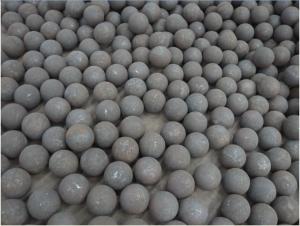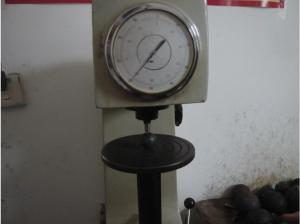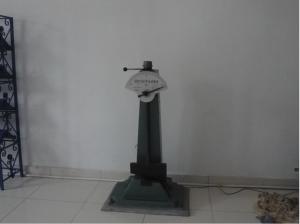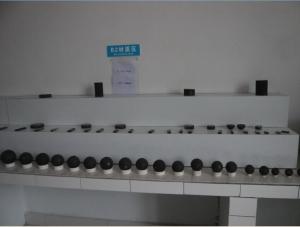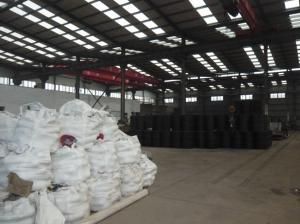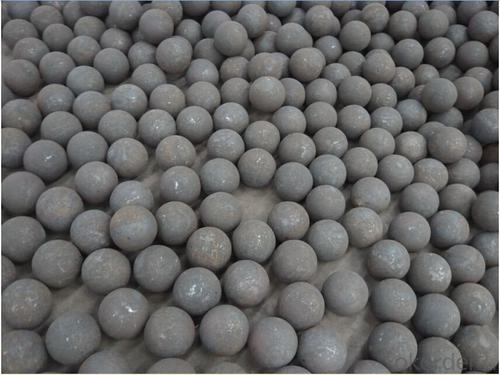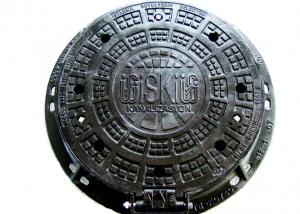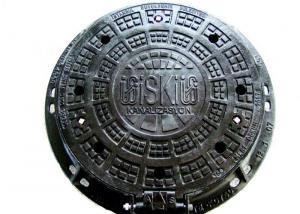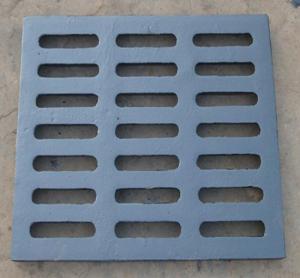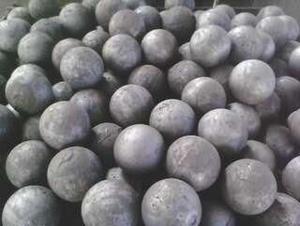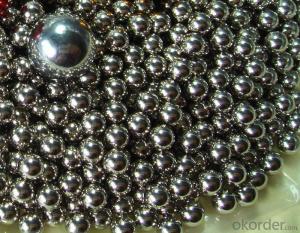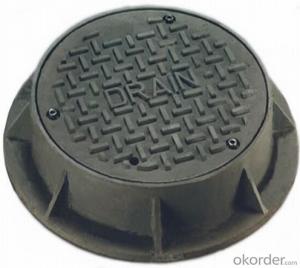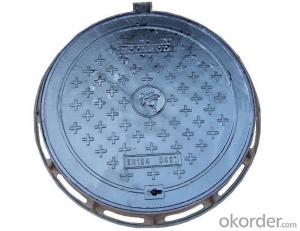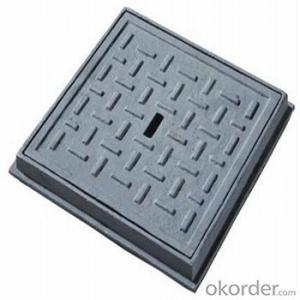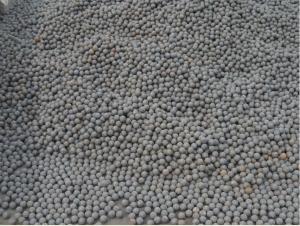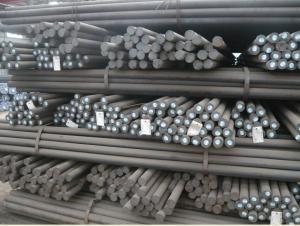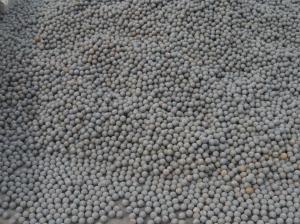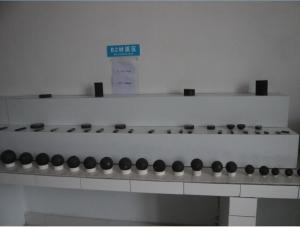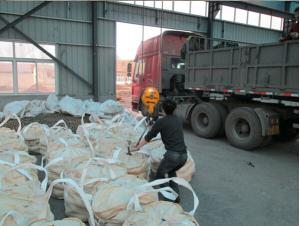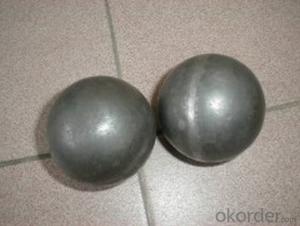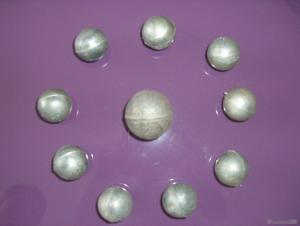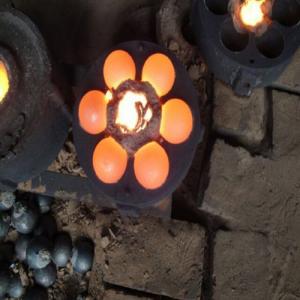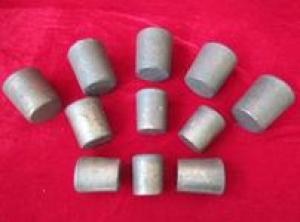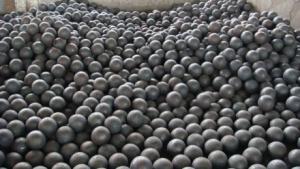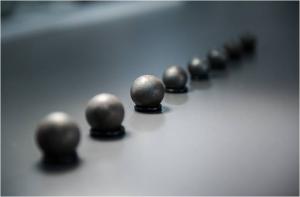Forged and Casting Grinding Ball Used for Mine & Cement with Dia0.75''-6'' & High Hardness HRC60-HRC65
- Loading Port:
- Qingdao
- Payment Terms:
- TT or LC
- Min Order Qty:
- 25M.T. m.t.
- Supply Capability:
- 150,000M.T. m.t./month
OKorder Service Pledge
OKorder Financial Service
You Might Also Like
Forged and Casting Grinding Ball Used for Mine & Cement with Dia0.75’’-Dia6’’ & High Hardness HRC60-HRC65
1.Forged Steel Grinding Ball Used for Mine & Cement with Dia0.75’’-Dia6’’ & High Hardness HRC60-HRC65
a) Chemical Coposition for Forged Steel Grinding Ball
Name | Material | C | Mn | Si | Cr | S | P |
CMAX-1 | 50Mn | 0.48-0.56 | 0.70-1.0 | 0.17-0.37 | ≤0.25 | ≤0.035 | ≤0.035 |
CMAX-2 | 60Mn | 0.57-0.65 | 0.70-1.0 | 0.17-0.37 | ≤0.25 | ≤0.035 | ≤0.035 |
CMAX-3 | 65Mn | 0.60-0.70 | 0.90-1.2 | 0.17-0.37 | ≤0.25 | ≤0.035 | ≤0.035 |
CMAX-4 | B2 | 0.70-0.85 | 0.70-0.80 | 0.17-0.37 | 0.2-0.7 | ≤0.03 | ≤0.03 |
CMAX-5 | 75SiMn | 0.70-0.90 | 0.70-1.20 | 0.4-0.8 | ≤0.25 | ≤0.03 | ≤0.03 |
CMAX-6 | Wear-resistant Alloy | 0.50-0.65 | 0.4-1.0 | 1.4-1.8 | 0.9-1.2 | ≤0.03 | ≤0.03 |
b)Physical Property for Forged Steel Grinding Ball
Name | Material | Impact Test(Ak.J/cm²) | Endurance Test Times(5m/T) | Surface Hardness (Φ25mm- Φ60mm) | Core Hardness (Φ25mm- Φ60mm) | Surface Hardness (Φ70mm- Φ100mm) | Core Hardness (Φ70mm- Φ100mm) | Breakage |
CMAX-1 | 50Mn | ≥12 | ≥10000 | ≥56 | ≥35 | ≥56 | ≥28 | <1% |
CMAX-2 | 60Mn | ≥13 | ≥10000 | ≥58 | ≥38 | ≥58 | ≥29 | <1% |
CMAX-3 | 65Mn | ≥15 | ≥12000 | ≥60 | ≥42 | ≥60 | ≥30 | <1% |
CMAX-4 | B2 | ≥17 | ≥12000 | ≥60 | ≥52 | ≥60 | ≥50 | <1% |
CMAX-5 | 75SiMn | ≥16 | ≥12000 | ≥60 | ≥50 | ≥60 | ≥48 | <1% |
CMAX-6 | Wear-resistant Alloy | ≥17 | ≥12000 | ≥60 | ≥54 | ≥60 | ≥52 | <1% |
2.Casting Alloy Grinding Ball Used for Mine & Cement with Dia0.75’’-Dia6’’ & High Hardness HRC60-HRC65
a) Chemical Coposition for Casting Alloy Grinding Ball
Name
|
Material |
C |
Si |
Cr |
Mn |
S |
P |
CMAX | Cr-22-32% | 2.0-2.8 | ≤1.0 | 22-32 | 0.5-2.0 | ≤0.06 | ≤0.08 |
CMAX | Cr-17-22% | 2.0-2.8 | ≤1.0 | 17-22 | 0.5-2.0 | ≤0.06 | ≤0.08 |
CMAX | Cr-15-17% | 2.2-3.0 | ≤1.0 | 15-17 | 0.5-2.0 | ≤0.06 | ≤0.08 |
CMAX | Cr-11-14% | 2.2-3.2 | ≤1.0 | 11-14 | 0.5-2.5 | ≤0.06 | ≤0.08 |
CMAX | Cr-5-10% | 2.1-3.2 | ≤1.2 | 5-10 | 0.5-1.5 | ≤0.06 | ≤0.08 |
CMAX | Cr-1.5-3.% | 2.2-3.5 | ≤1.2 | 1.5-3.0 | 0.5-1.5 | ≤0.06 | ≤0.08 |
b)Physical Property for Casting Alloy Grinding Ball
Model | Mechanical properties | Microstructure | |
HRC | Times of falling (3.5m) | ||
Low Chromium | ≥45 | 8000 | P+C |
Medium Chromium | ≥50 | 8000 | P+C |
High Chromium | ≥56 | 8000 | M+C |
3.Packing Methods of Casting Alloy Grinding Ball Used for Mine & Cement with Dia0.75’’-Dia6’’ & High Hardness HRC60-HRC65
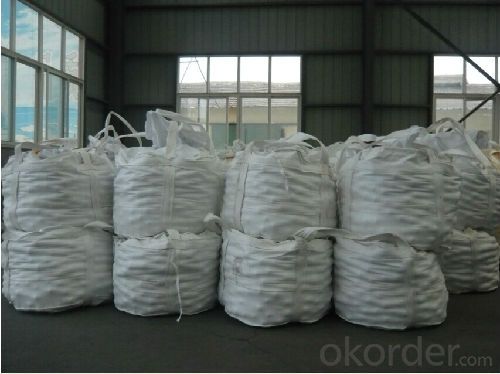
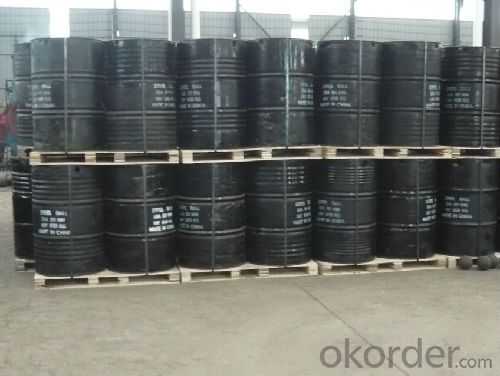
- Q: What are the factors affecting the machining process of the casting material and structure?
- As for the metallographic structure, usually the finished products after casting are treated by heat treatment. The mechanical properties of the carbon steel after heat treatment (quenching and tempering) are detected. The stainless steels are treated by heat treatment (solid solution, etc.) and the metallographic structure is analyzedThere is a lot of talk and a bit of confusionIf you have a specific brand, you can search for Baidu or buy tools
- Q: What is normalizing, annealing, tempering, quenching? What is the difference between forging parts and casting parts?
- For the nodular cast iron, the hardness, strength and wear resistance are improved, such as used in the manufacture of automobile, tractor, diesel engine crankshaft, connecting rod and other important parts. A normalizing and hypereutectoid ball annealing before, can eliminate the mesh two cementite spheroidizing annealing, to ensure that all spheres of cementite. Annealing is a metal heat treatment process, which means the metal is slowly heated to a certain temperature, sufficient for a long time, and then cooled at an appropriate speed. The purpose is to reduce hardness, improve machinability, eliminate residual stress, stabilize size, reduce deformation and crack tendency, refine grain, adjust microstructure and eliminate tissue defects. Its purpose: (1) reduce hardness and improve machinability; (2) eliminate residual stress, stabilize size, reduce deformation and crack tendency; (3) refine grain, adjust microstructure and eliminate tissue defects. In production, annealing process is widely used.
- Q: Casting parts by shot blasting, spray painting, baking after the formation of very small rust spots, how to solve ah?
- The first process is very important. Shot blasting must be thorough. The solution is to wipe the surface of the paint with a release. Re shot
- Q: What is the difference between forging parts and casting parts?
- Forging is in hot state through the metal hammer or press equipment produced by forging parts. A casting is a metal that is liquid and is poured into a cavity of a specified shape and cooled and solidified. It is the forging metal soft pinch molding, and casting the metal into thin cooling solidification.Forged parts are costly and have long production cycles.
- Q: Selection of hydraulic press is the casting parts and steel plate welding, how to choose?
- Casting parts in one shape, the overall processing in this regard than steel plate welding better. The same price is much more expensive than steel. Large hydraulic presses seldom have casting parts.
- Q: What method of casting does not rust? I think the sample is like oil
- The surface of a general casting is easy to rust. In order to prolong the rusting period, antirust paint or antirust oil is usually sprayed. What you said should be anti rust oil.
- Q: I often see Waixiejiagong drawings, casting, how to distinguish the latheman.
- Yes, casting drawings are casting drawings with machining allowances, slopes, and gating systems
- Q: What is the difference between casting and stamping parts?
- Separation process is also called blanking, the purpose is to make the stamping parts along a certain contour line from the sheet metal separation, at the same time guarantee the quality requirements of the separation section. Stamping is a highly efficient production methods, the use of compound die, especially the multi station progressive die stamping process can be completed in a multi machine, realized by belt uncoiling, leveling, punching, forming and finishing automatic production. High production efficiency, good working conditions, low production costs, can produce hundreds of parts per minute.
- Q: Cause of choking of casting parts
- The reason is not in the coated sand, see coating gas evolution, the best use of zircon powder coating (low gas evolution), there is a mold according to a vent needle, this depends on your way is flat or vertical pouring pouring pouring, if vertical pouring, venting pin on the die, and the big piece how could the plane, pouring water flat, a breath, a taboo ah!
- Q: What kind of flaw detector is better for casting parts?
- If you want to detect internal defects, you can use ultrasonic flaw detector, ray flaw detector can also, but the ray of the safety protection level is too high, not recommended priorityMacro Xu flaw detector answered, such as the magnetic particle inspection machine has the demand can contact us, Baidu "macro Xu flaw detection""
1. Manufacturer Overview
| Location | Zhangqiu, China |
| Year Established | 1995 |
| Annual Output Value | 150,000M.T. |
| Main Markets | 40%,South America; 30%,South Africa; 15%,Southeast Asia; 5%, Europe Area; 5%, North America; 5%, Other Areas |
| Company Certifications | ISO9001:2008;SGS Test Report |
2. Manufacturer Certificates
| a) Certification Name | |
| Range | |
| Reference | |
| Validity Period |
3. Manufacturer Capability
| a) Trade Capacity | |
| Nearest Port | Qingdao;Tianjin |
| Export Percentage | |
| No.of Employees in Trade Department | 25 |
| Language Spoken: | English, Chinese |
| b) Factory Information | |
| Factory Size: | 68,000m2 |
| No. of Production Lines | 15 |
| Contract Manufacturing | |
| Product Price Range | $700/M.T.-$1200/M.T. |
Send your message to us
Forged and Casting Grinding Ball Used for Mine & Cement with Dia0.75''-6'' & High Hardness HRC60-HRC65
- Loading Port:
- Qingdao
- Payment Terms:
- TT or LC
- Min Order Qty:
- 25M.T. m.t.
- Supply Capability:
- 150,000M.T. m.t./month
OKorder Service Pledge
OKorder Financial Service
Similar products
Hot products
Hot Searches
Related keywords
